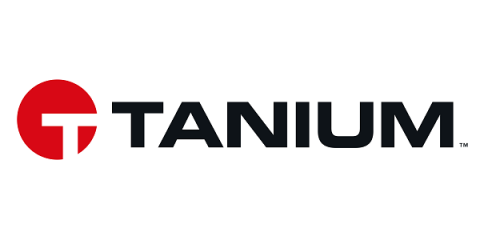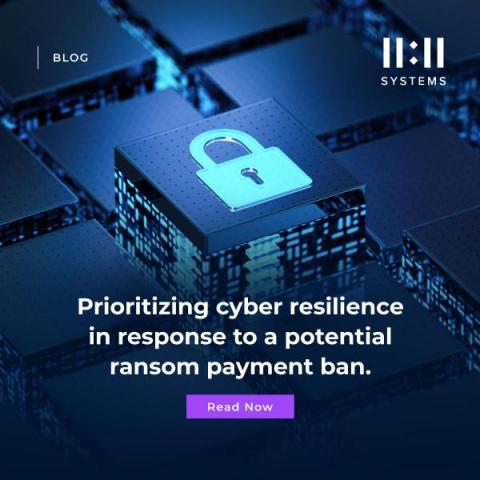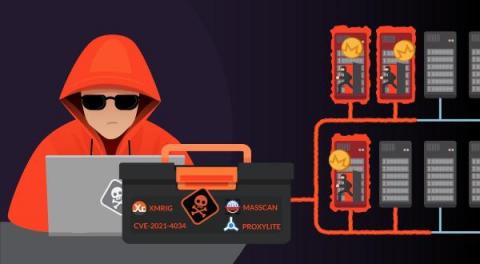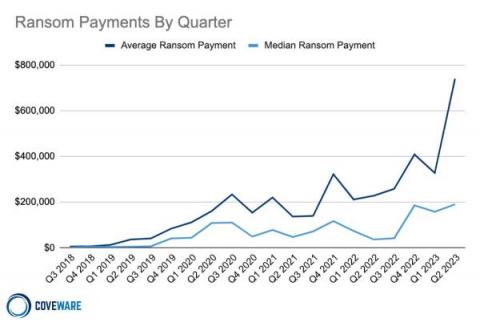The Windows Restart Manager: How It Works and How It Can Be Hijacked, Part 1
Malware utilizes a multitude of techniques to avoid detection, and threat actors are continuously uncovering and exploiting new methods of attack. One of the less common techniques includes the exploitation of the Windows Restart Manager. To stay ahead of malicious authors, it is important to be aware of them and understand how they work.










